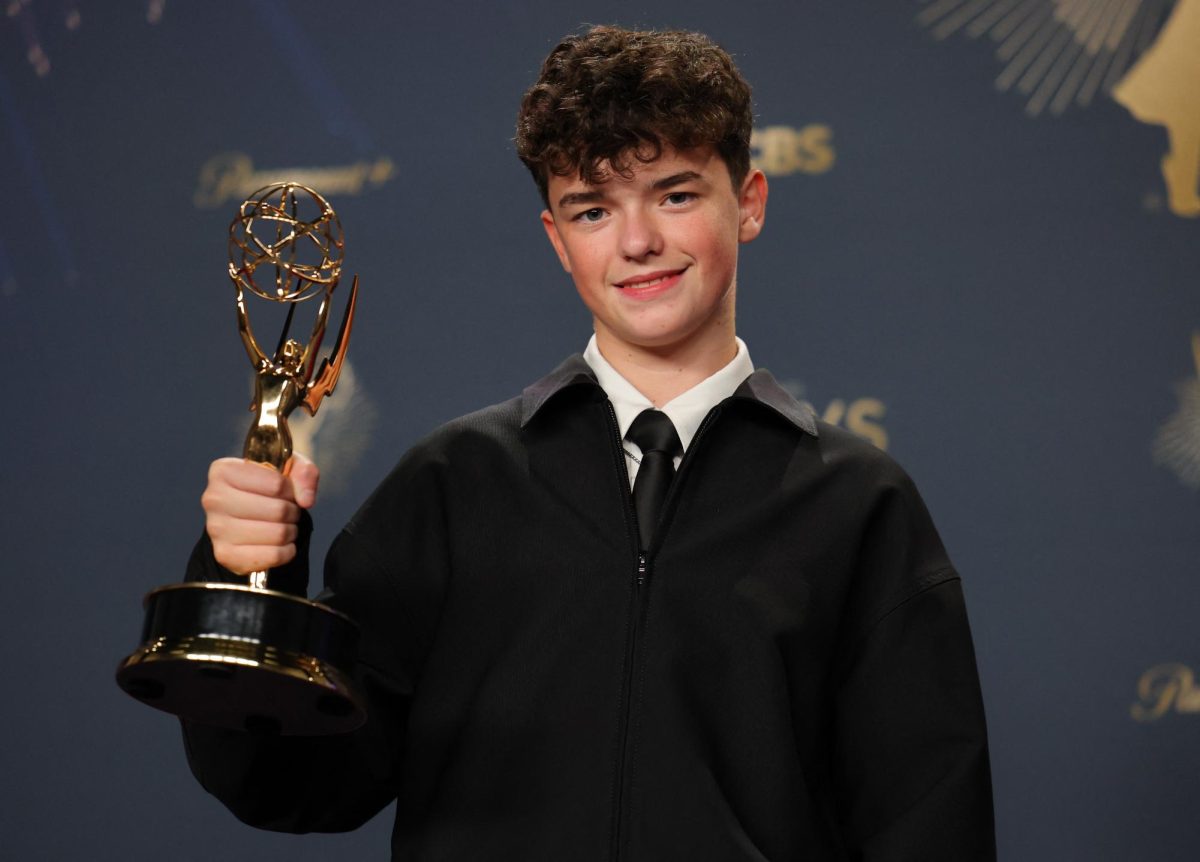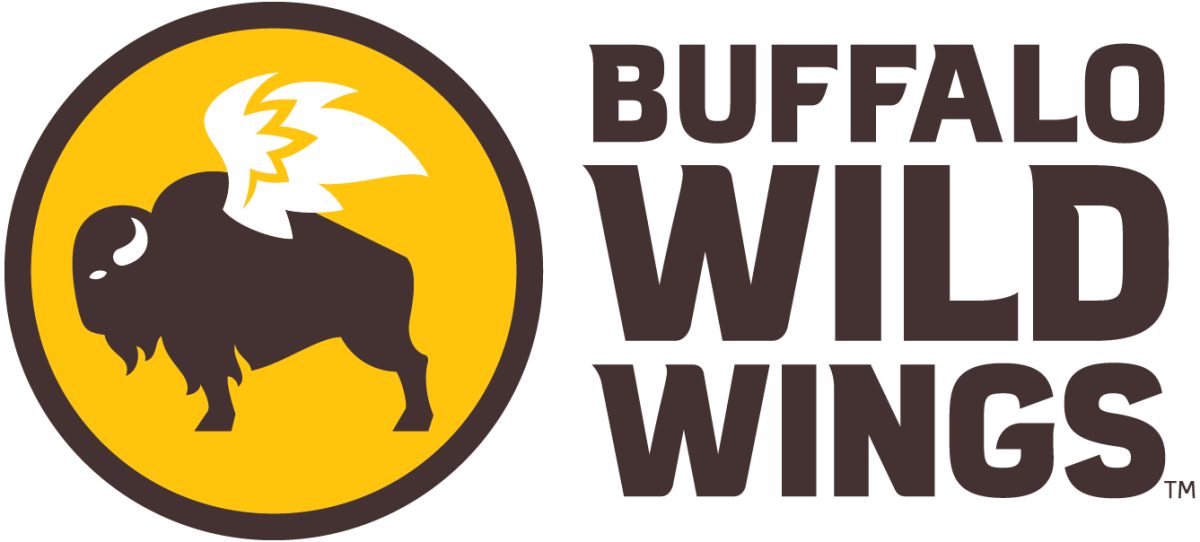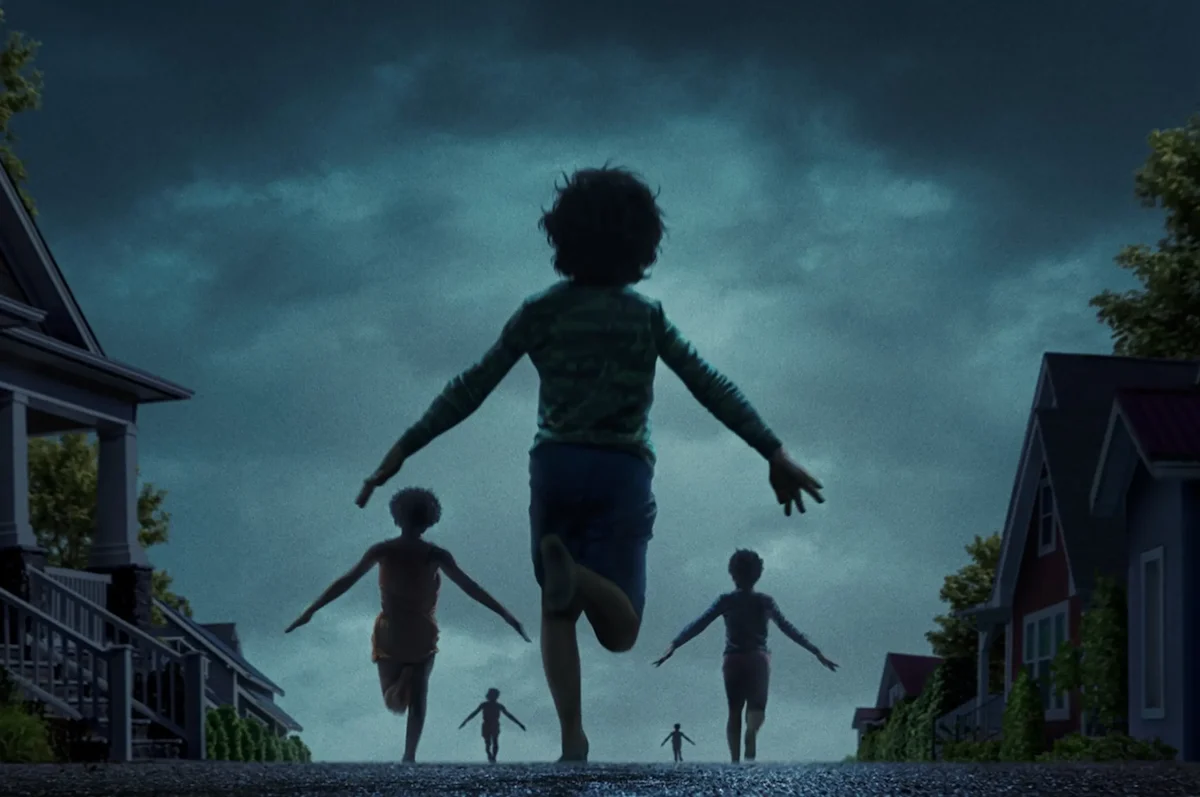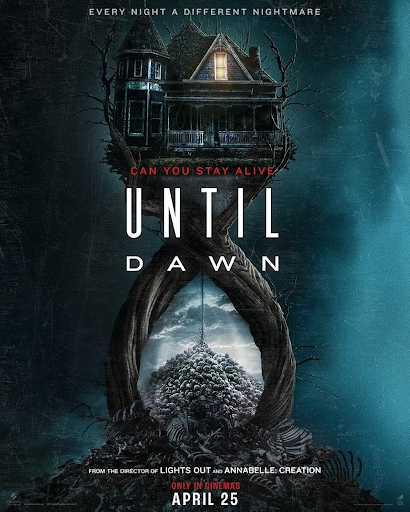Movies don’t create psychos, but slashers are mighty good at depicting them. Since the release of Alfred Hitchcock’s Psycho in 1960, the slasher sub genre has dominated the horror movie scape, with its top contenders earning upwards of $50,000,000 in the box office. But what is the slasher genre and why is it so addictive?
Slashers are a subgenre of horror involving a, typically, masked serial killer targeting large groups of friends, family, or even enemies. The killer is often featured wielding a bladed weapon like a knife or tool. Critics credit the origination of slasher films to Italian giallo films and psychological thrillers.
A six year period from 1978 to 1984 is said to have been the “golden age” of slasher films. “Halloween”, directed by John Carpenter, kicked off in 1978, featuring final girl Laurie Strode and masked killer Michael Myers. “Friday the 13th”, directed by Sean S. Cunningham, came out in 1980 and features a masked murder, Jason.
However, in 1996, the Scream franchise commenced with “Scream” (1996), directed by Wes Craven. “Scream” has become the poster child for the slasher genre. It takes place in a fictional town, Westborough, California and follows final girl Sidney Prescott and her friends through intense fights and deaths at the hands of this film’s masked killer, Ghostface. The franchise is now responsible for six films, all featuring Ghostface and all beloved by fans and non-fans of the genre.
The question lies, however, in the why. Why do people love slasher films so much, especially the Scream franchise? Horror films allow humans to release their fears and anxieties through the building and release tension of the movie. In Scream, the tension builds and then is eventually released with jump scares or empty screens. When Ghostface appears on screen, there is an element of “camp”, as he is amusing and clumsy. Scream makes an irony of its own genre.
Slasher films like “Scream” (1996) or “Halloween” (1978) give viewers an adrenaline rush and take them on a roller coaster ride of love, fear, anxiety, gore and an inevitable resolve of all of the tension accumulated along the ride. The movies also tend to make a mockery of themselves and use humor to cast off some of the bigger moral questions presented. “Scream” in particular uses the most stereotypical tropes in the book and gives you every single clue you need to figure out who the killer is (or killers are), but throws you off your track with other suspects.
We’ve seen modern revivals with “Fear Street” (2021), which is currently a trilogy but a fourth film is in the works, and “Bodies Bodies Bodies” (2022). These films still capitalize on the original films and examine the tropes of the time, honoring the “rules”, the final girl, the masked killer, and more.
Instead of watching horror films like “The Conjuring” with demonic possession, or intense psychological thrillers like “Hereditary” where the tension never goes away, it’s much easier to put on a slasher and let all of your anxieties melt away as the characters get picked off, hence the hanging of the slasher genre in the horror hall of fame.















